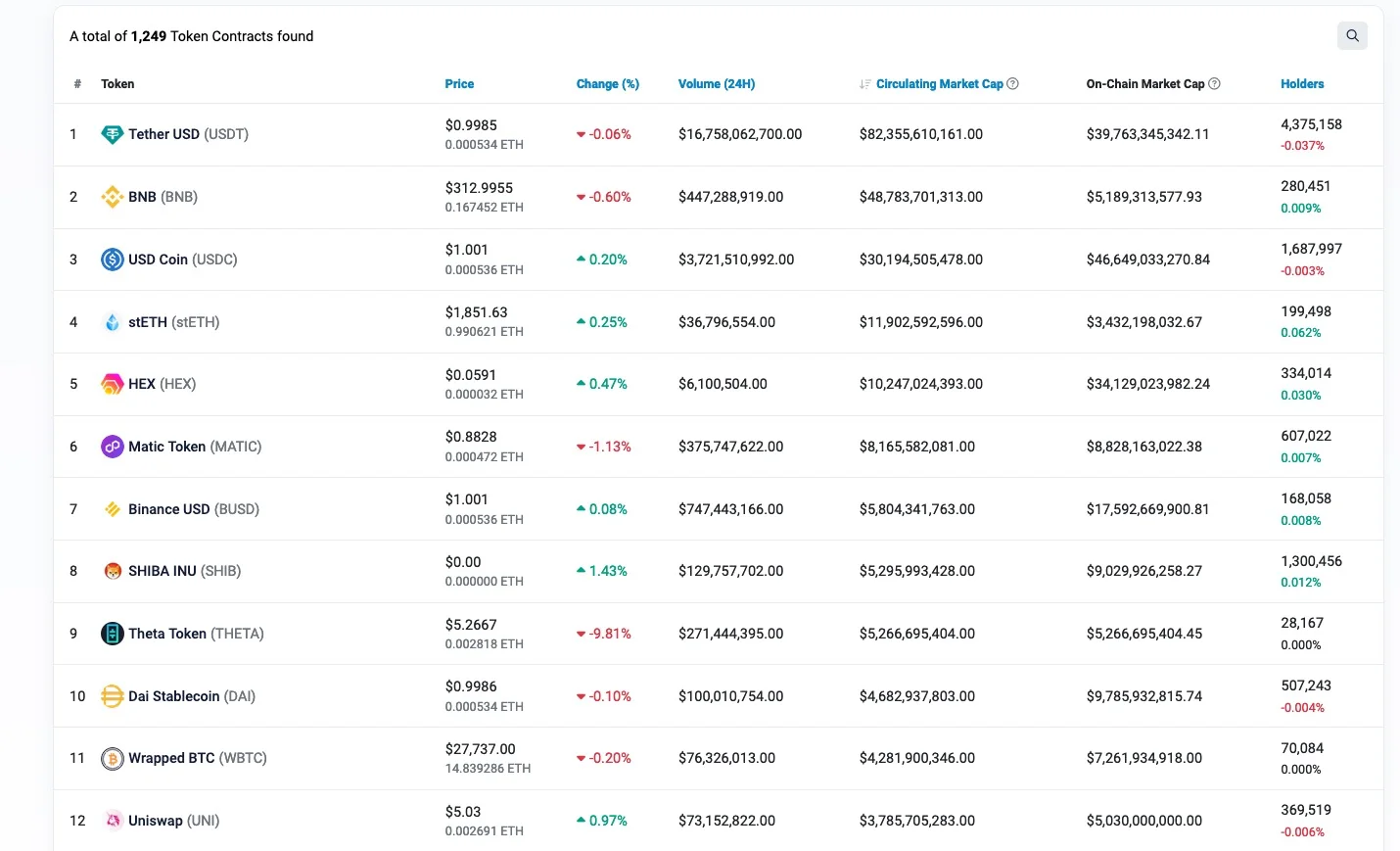Understand what is ERC-20 – The backbone of Ethereum’s token standard. Learn about its influence on uniformity and interoperability.
If you’ve spent any amount of time in the cryptocurrency world, chances are you’ve come across the term “ERC-20.” But what is ERC-20 exactly? This article will provide a comprehensive understanding of ERC-20, its significance, and its role in the Ethereum ecosystem.
Understanding Ethereum
To fully grasp what ERC-20 is, it’s crucial to first understand Ethereum. Ethereum is an open-source, blockchain-based platform that enables developers to build and deploy decentralized applications (dApps). It uses its native cryptocurrency, Ether (ETH), for transactions within the network.
What is ERC-20 – Definition
ERC-20 stands for Ethereum Request for Comment and 20 is the proposal identifier. It’s a technical standard used for smart contracts on the Ethereum blockchain for implementing tokens. ERC-20 defines a common list of rules that a token on the Ethereum blockchain must adhere to, thereby allowing developers to accurately predict how new tokens will function within the larger Ethereum system.
The ERC-20 standard comprises several functions that a token contract can implement. These include how the tokens can be transferred, how transactions are approved, how users can access data about a token, and the total supply of tokens.

The Importance of ERC-20
Now that we’ve answered the question, “what is ERC-20“, let’s delve into its importance in the Ethereum ecosystem.
1. Uniformity and Interoperability
The ERC-20 standard provides a set of rules that all Ethereum-based tokens must follow. This means that the various tokens on the Ethereum blockchain can easily interact with each other because they follow the same standard. This uniformity allows for a high level of interoperability, which is critical in an ecosystem like Ethereum, where multiple tokens may interact in a single dApp.
2. Simplified Integration
The ERC-20 standard simplifies the process of integrating various tokens into platforms like exchanges and wallet services. Because all ERC-20 tokens follow the same set of rules, an exchange or wallet can support any ERC-20 token, making it easy for developers to create new tokens that can be used across numerous platforms.
3. Facilitating Decentralized Applications (dApps)
ERC-20 has played a critical role in facilitating the growth of dApps on the Ethereum platform. Because ERC-20 tokens behave predictably, developers can build dApps knowing how the tokens within their applications will interact. This has led to the proliferation of dApps built on Ethereum, from decentralized finance (DeFi) platforms to non-fungible tokens (NFTs) marketplaces.
Examples of ERC-20 Tokens
To further illustrate what is ERC-20, let’s look at a few examples of popular ERC-20 tokens:
- Chainlink (LINK): Chainlink is a decentralized oracle network that allows smart contracts on Ethereum to securely connect to external data sources and APIs.
- USD Coin (USDC): USDC is a stablecoin that is pegged to the US dollar, meaning each USDC token is backed by one US dollar held in reserve.
- Uniswap (UNI): Uniswap is a popular decentralized trading protocol, and UNI is its native governance token.
The Future of ERC-20
The ERC-20 standard has played a significant role in the growth and success of the Ethereum platform. However, it’s not the only token standard on Ethereum. New standards like ERC-721, used for creating non-fungible tokens (NFTs), and ERC-223, a backward-compatible improvement over ERC-20, have been developed.
Despite these newer standards, the ERC-20 standard remains crucial due to its simplicity and wide adoption. It has become the de-facto standard for issuing tokens on Ethereum and has inspired similar standards on other blockchain platforms.
In conclusion, the answer to “what is ERC-20” is more than just a technical definition. It represents a standard that has been instrumental in fostering the growth and diversity of the Ethereum ecosystem. Whether you’re a developer looking to build a dApp, a trader interested in new investment opportunities, or a blockchain enthusiast wanting to understand the technology better, understanding ERC-20 is fundamental.